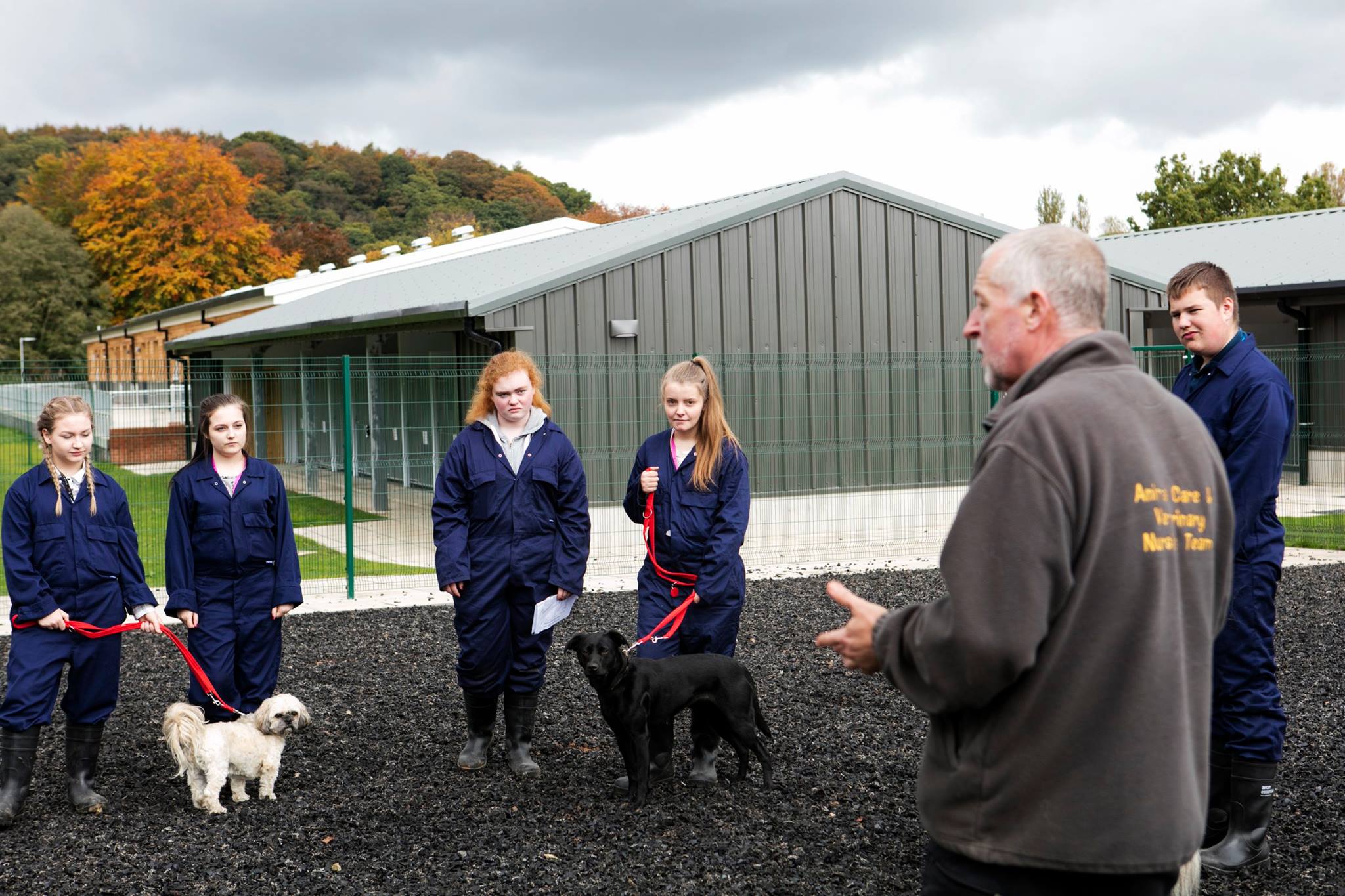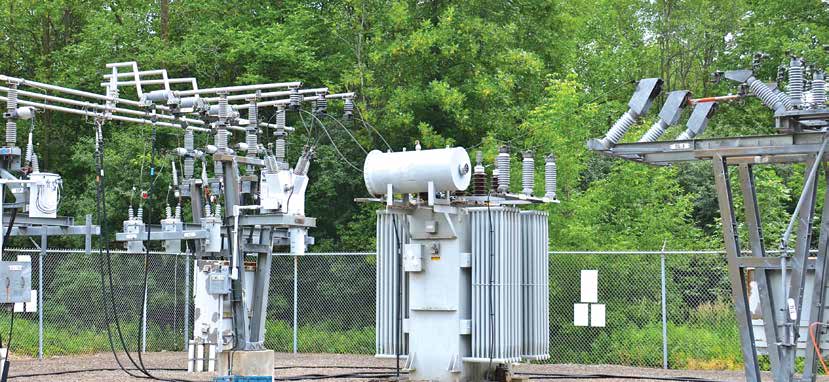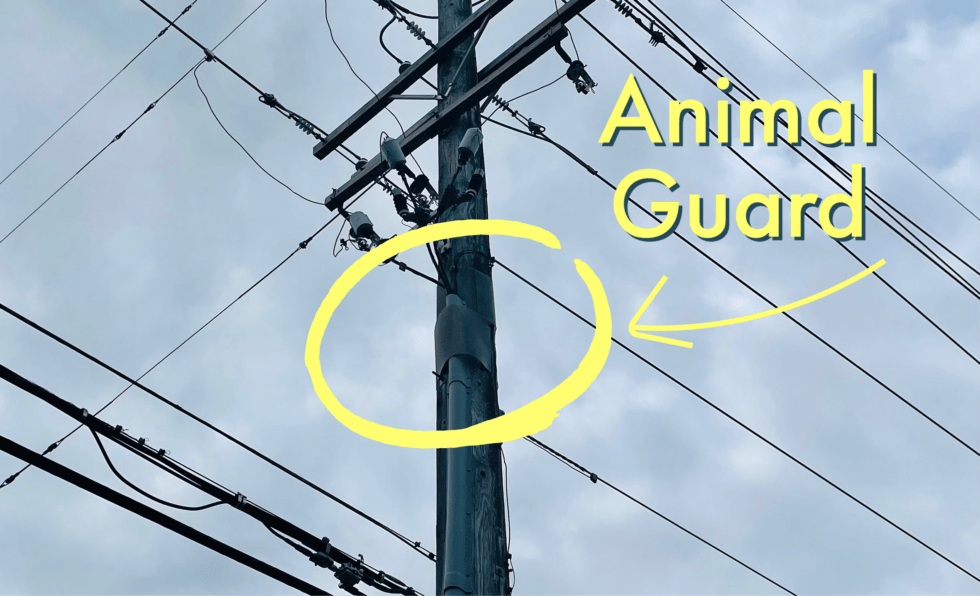Category Archives: Animals
- Home
- Archive by category "Animals" (Page 4)

How Hummingbirds Hum
This beauty by Raymond Carver: pic.twitter.com/UzDuX96yHX
— Dr. Maya C. Popa (@MayaCPopa) July 5, 2023
Skunks
This content is accessible to paid subscribers. To view it please enter your password below or send mike@standardsmichigan.com a request for subscription details.
Raccoons
This content is accessible to paid subscribers. To view it please enter your password below or send mike@standardsmichigan.com a request for subscription details.
Blessing of the Animals
This content is accessible to paid subscribers. To view it please enter your password below or send mike@standardsmichigan.com a request for subscription details.
2022 Guide for Animal Deterrents for Electric Power Supply Substations
1264-2022 – IEEE Guide for Animal Mitigation for Electric Power Supply Substations
IEEE Power Engineering Society
CLICK HERE to order the guide
Related:
The Ethics of Farming Animals
When despair for the world grows in me
and I wake in the night at the least sound
in fear of what my life and my children’s lives may be,
I go and lie down where the wood drake
rests in his beauty on the water,
and the great heron feeds.
I come into the peace of wild things
who do not tax their lives with forethought
of grief. I come into the presence of still water.
And I feel above me the day-blind stars
waiting with their light. For a time
I rest in the grace of the world, and am free.
Long and continuous song flight of a male skylark
Permits and Permissions: Researchers should obtain the necessary permits and permissions required for conducting bird research, especially if it involves capturing, banding, or handling birds. These permits are often issued by relevant government agencies responsible for wildlife management or conservation.
Bird Banding and Marking: When capturing and marking birds for scientific purposes, researchers should follow established protocols, such as those recommended by the Bird Banding Laboratory or other authorized organizations. This includes proper handling techniques, banding procedures, and data recording.
Ethical Considerations: Researchers must ensure that their studies are conducted in an ethical manner, taking into account the welfare of the birds and minimizing any potential harm or stress. Ethical considerations may include avoiding excessive disturbance, minimizing handling time, and assessing the potential impacts on breeding, nesting, or migratory behaviors.
Field Techniques: Researchers should be proficient in field techniques specific to bird research, including bird identification, behavioral observations, and survey methods (e.g., point counts, transects). Standardized protocols are often available for different types of bird research, such as breeding surveys, migration monitoring, or population assessments.
Data Collection and Analysis: Scientists should follow rigorous data collection protocols, ensuring accuracy and consistency in measurements, observations, and data recording. Proper documentation of field notes, metadata, and photographs is crucial for data integrity and reproducibility. Data analysis should adhere to established statistical methods and appropriate modeling techniques.
Habitat Conservation and Protection: Researchers should be mindful of the potential impacts of their activities on bird habitats and ecosystems. They should follow guidelines for minimizing habitat disturbance, preventing the spread of invasive species, and promoting conservation principles. This may include habitat restoration, nest box management, or collaborative efforts with local conservation organizations.
Collaboration and Data Sharing: Scientists are encouraged to collaborate with other researchers, organizations, and citizen science initiatives to enhance data sharing and contribute to broader bird research and conservation efforts. Sharing data through platforms like eBird or contributing to regional bird atlases can provide valuable insights into bird populations and distributions.
These are general considerations, and it’s essential to consult the most up-to-date guidelines and resources from reputable sources such as ornithological societies, bird research institutions, or government agencies dedicated to wildlife management and conservation in your specific region or country.
New update alert! The 2022 update to the Trademark Assignment Dataset is now available online. Find 1.29 million trademark assignments, involving 2.28 million unique trademark properties issued by the USPTO between March 1952 and January 2023: https://t.co/njrDAbSpwB pic.twitter.com/GkAXrHoQ9T
— USPTO (@uspto) July 13, 2023
Standards Michigan Group, LLC
2723 South State Street | Suite 150
Ann Arbor, MI 48104 USA
888-746-3670

















